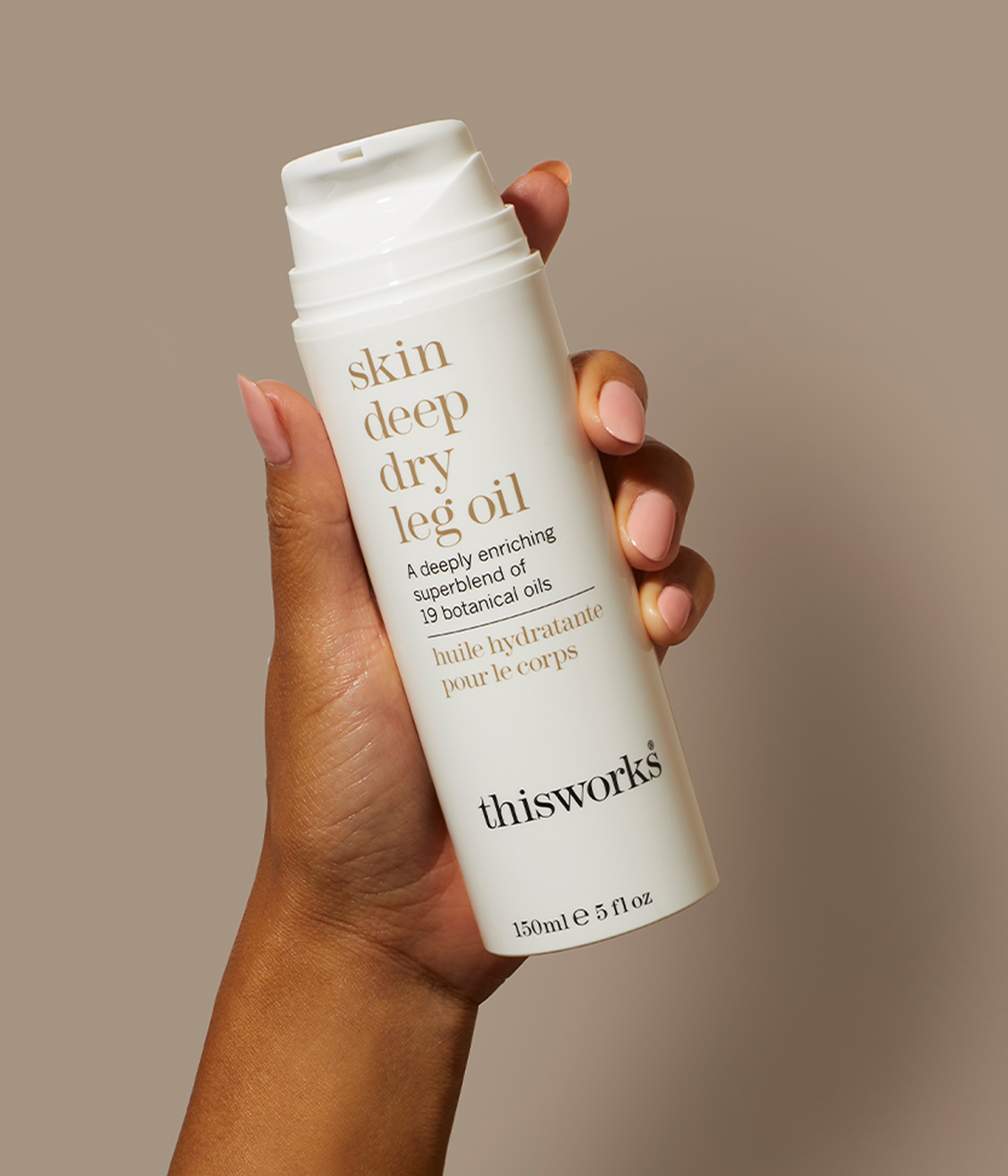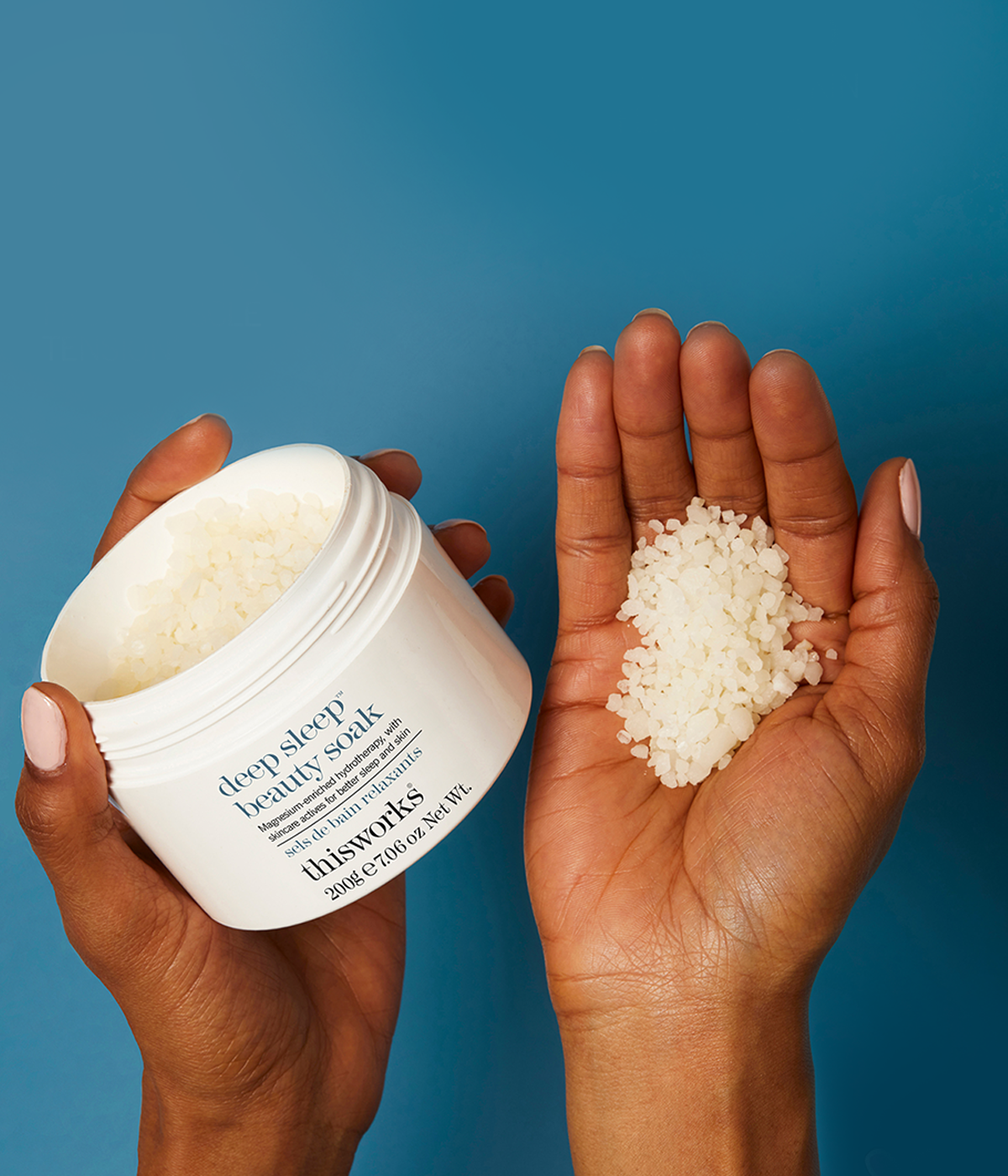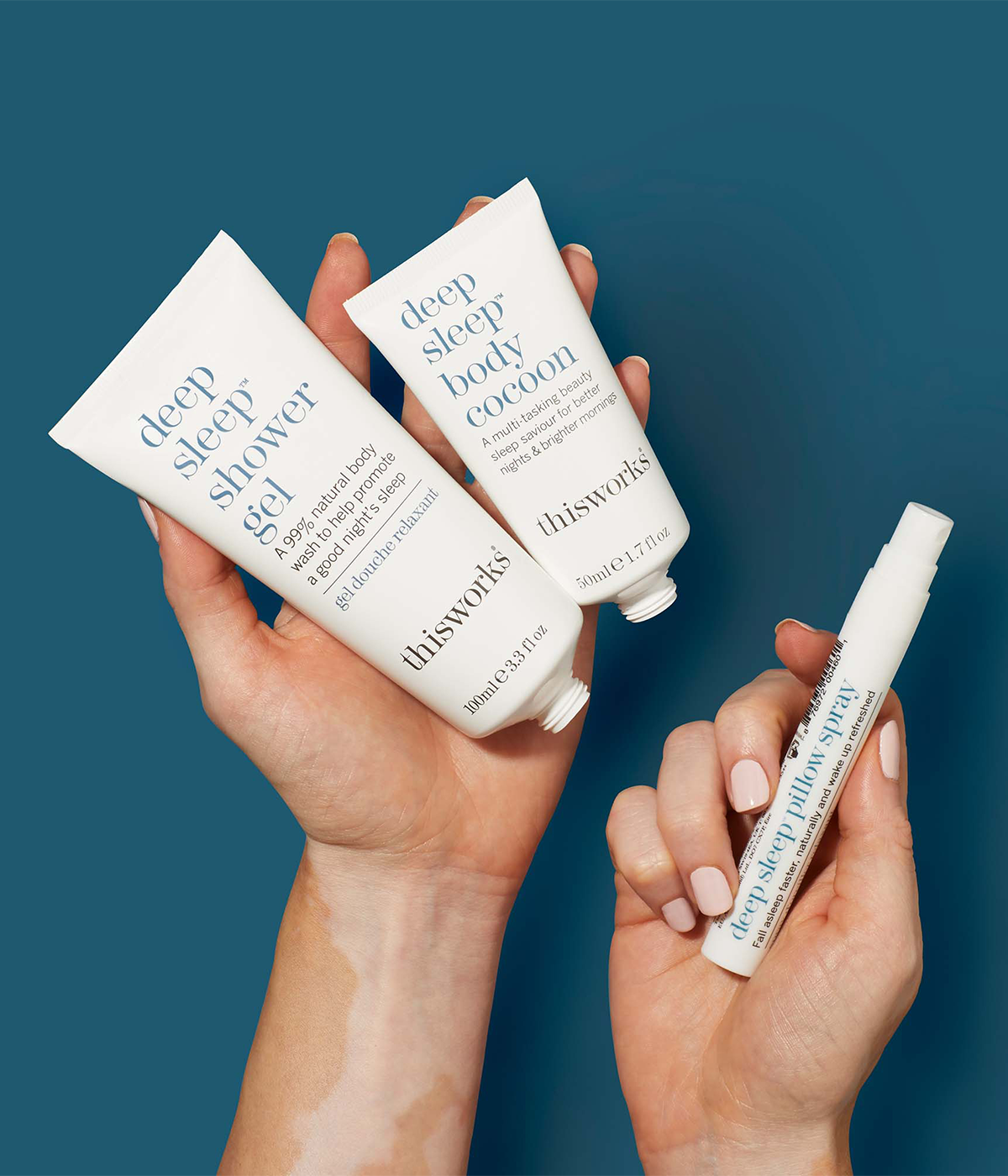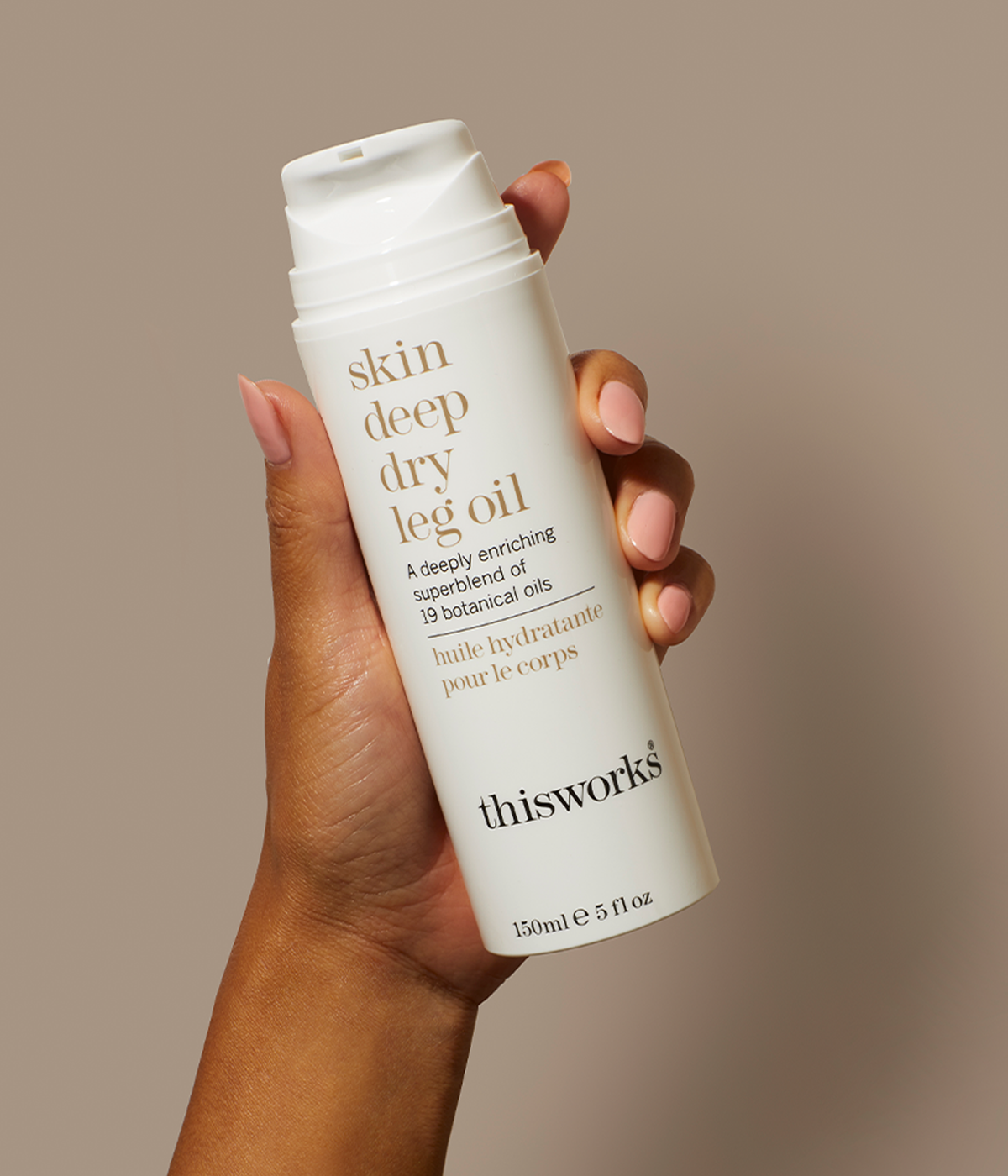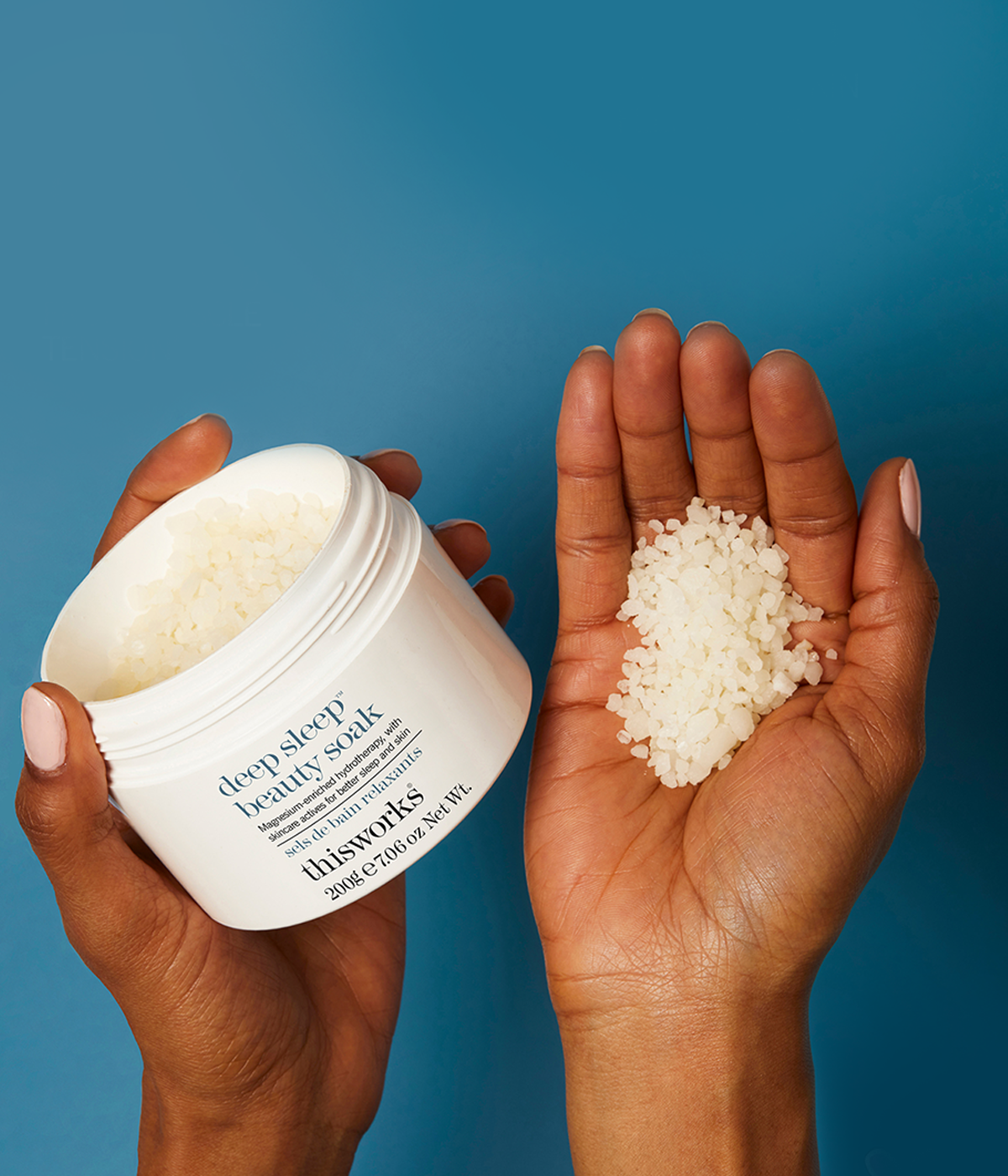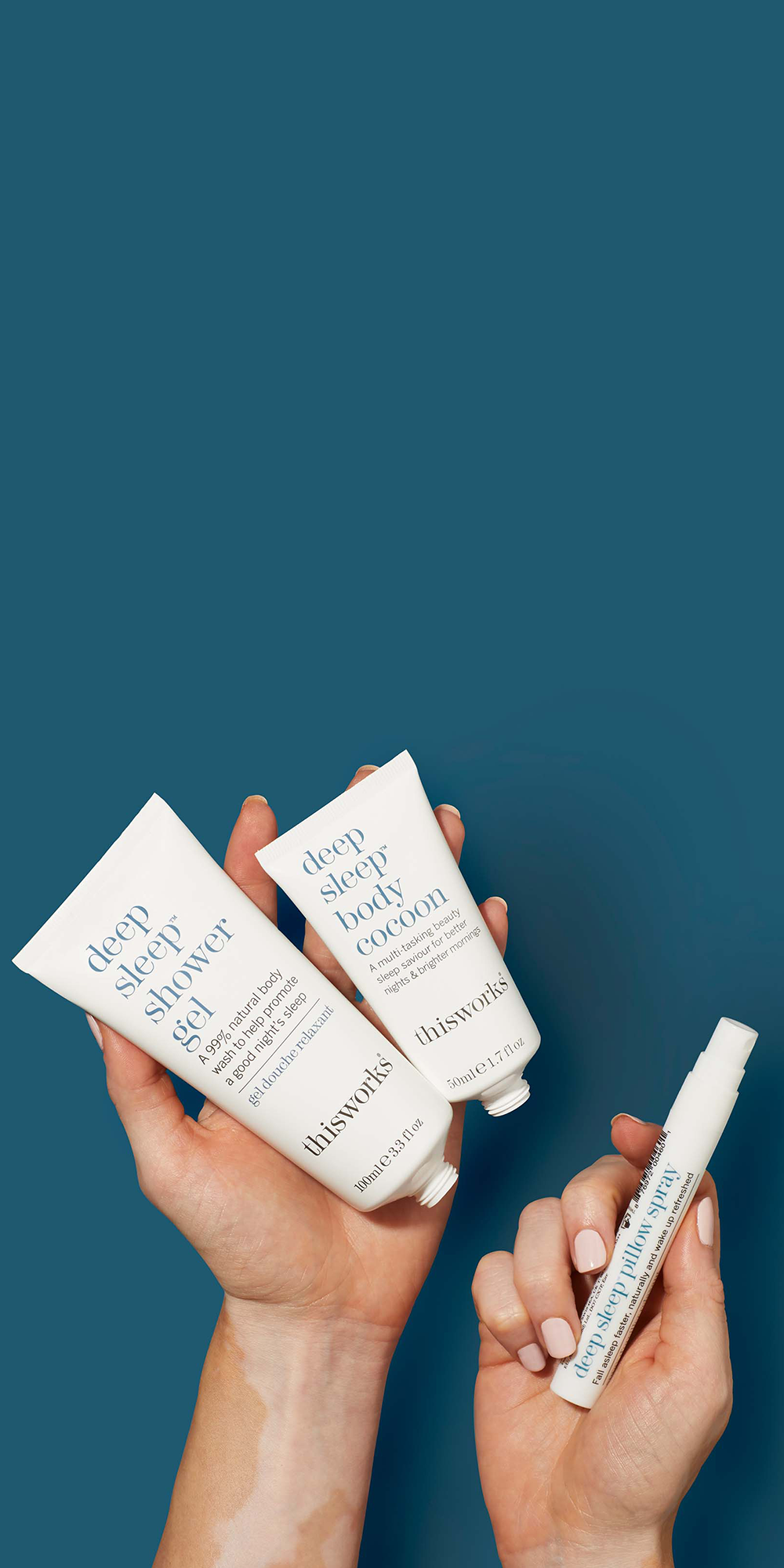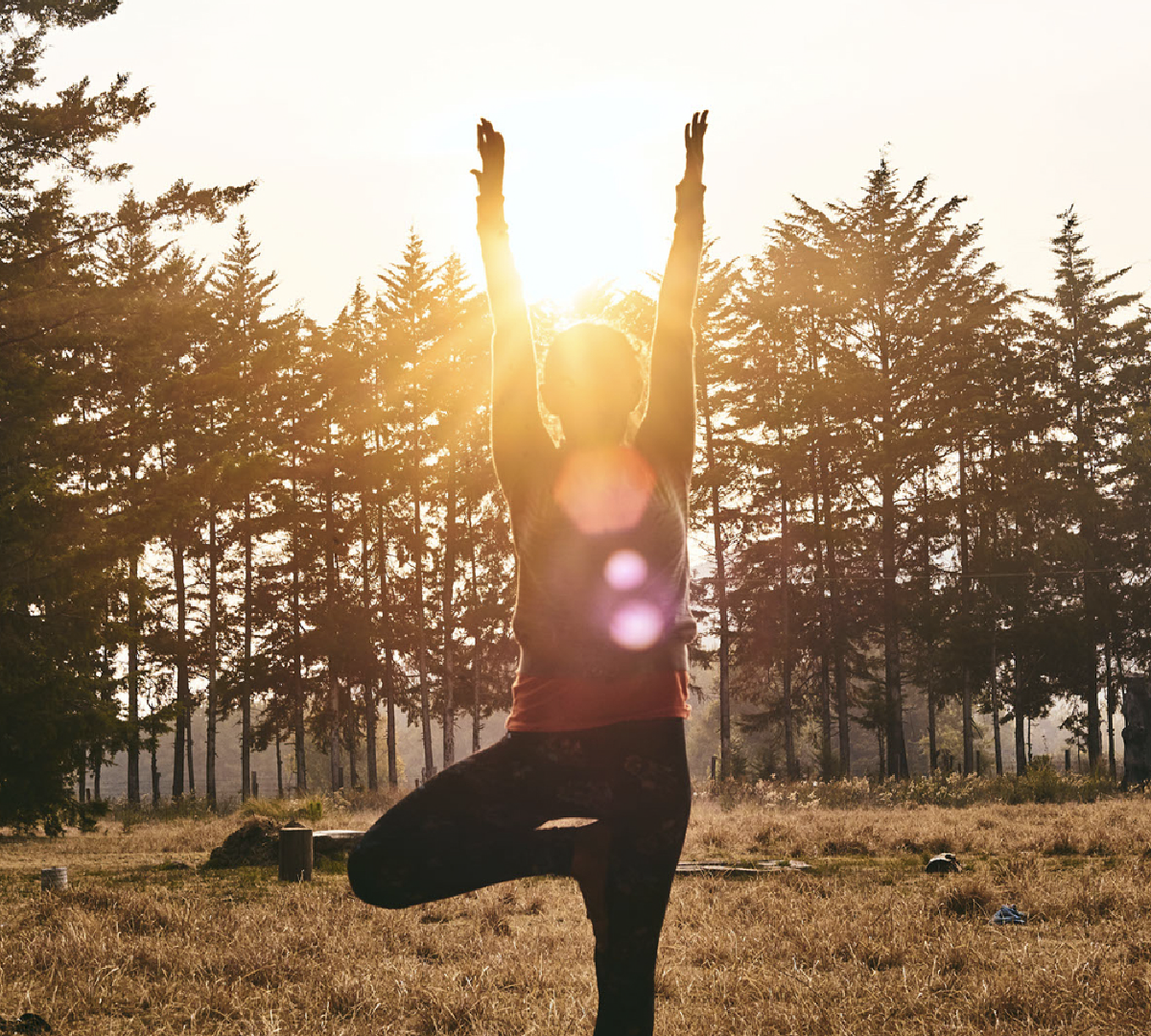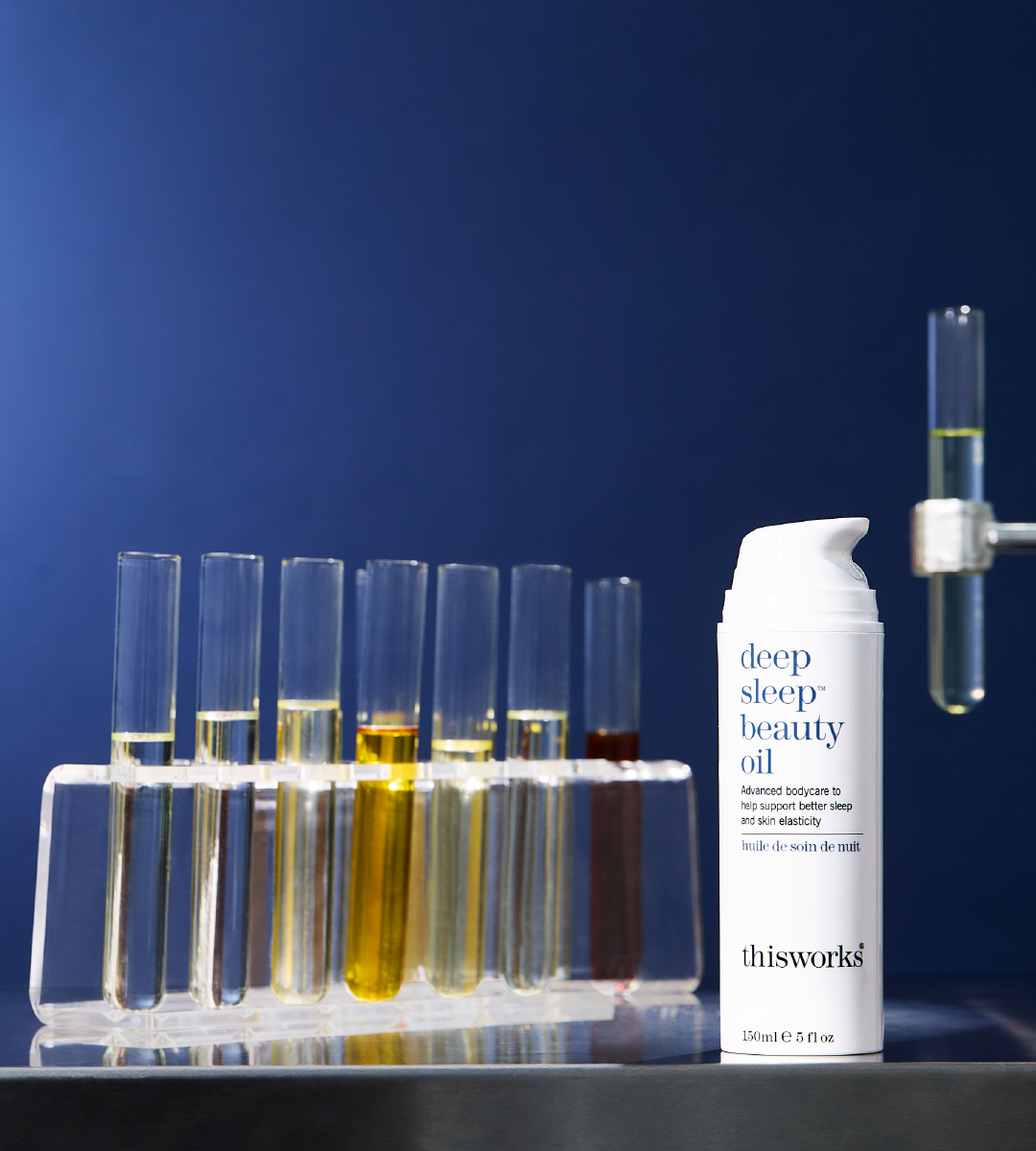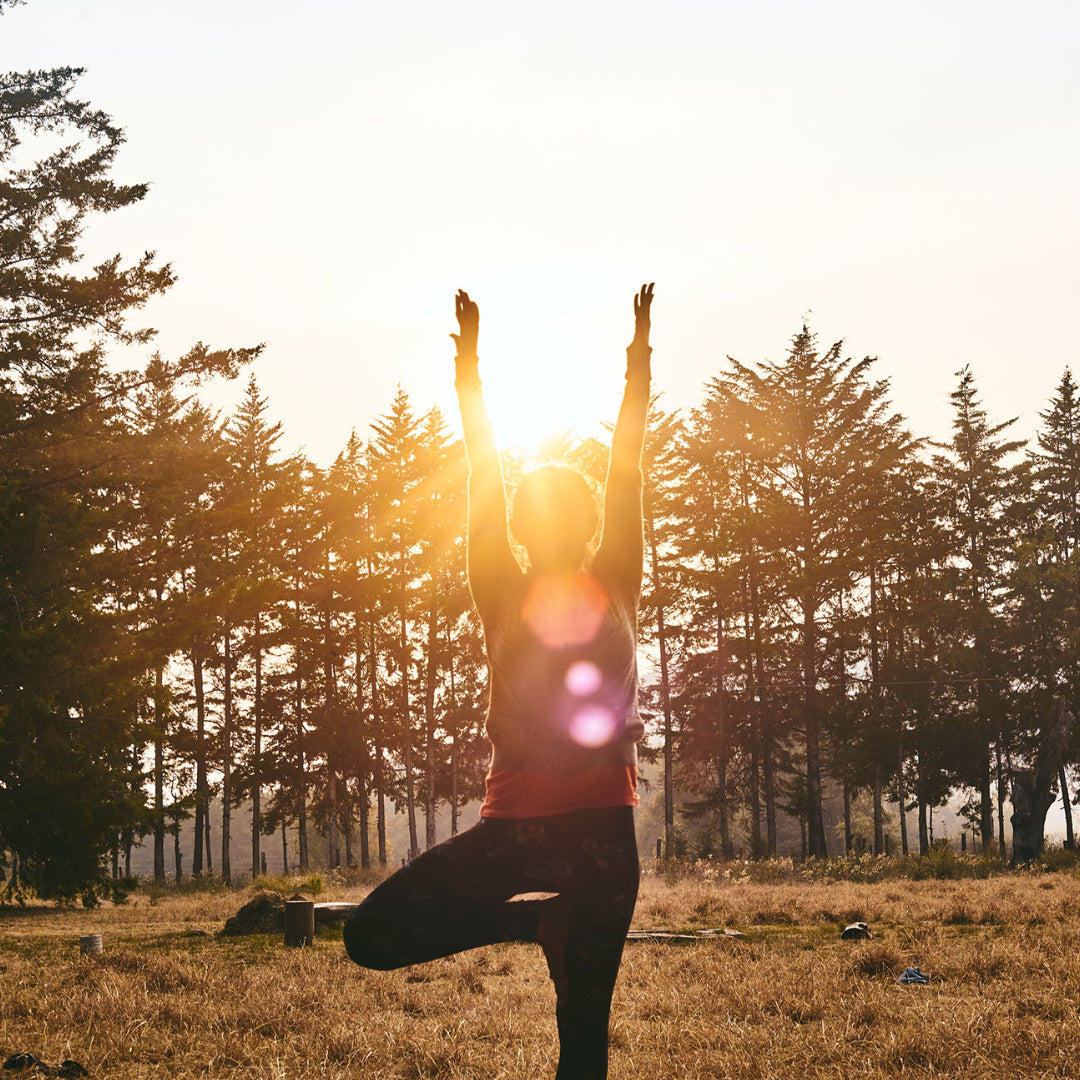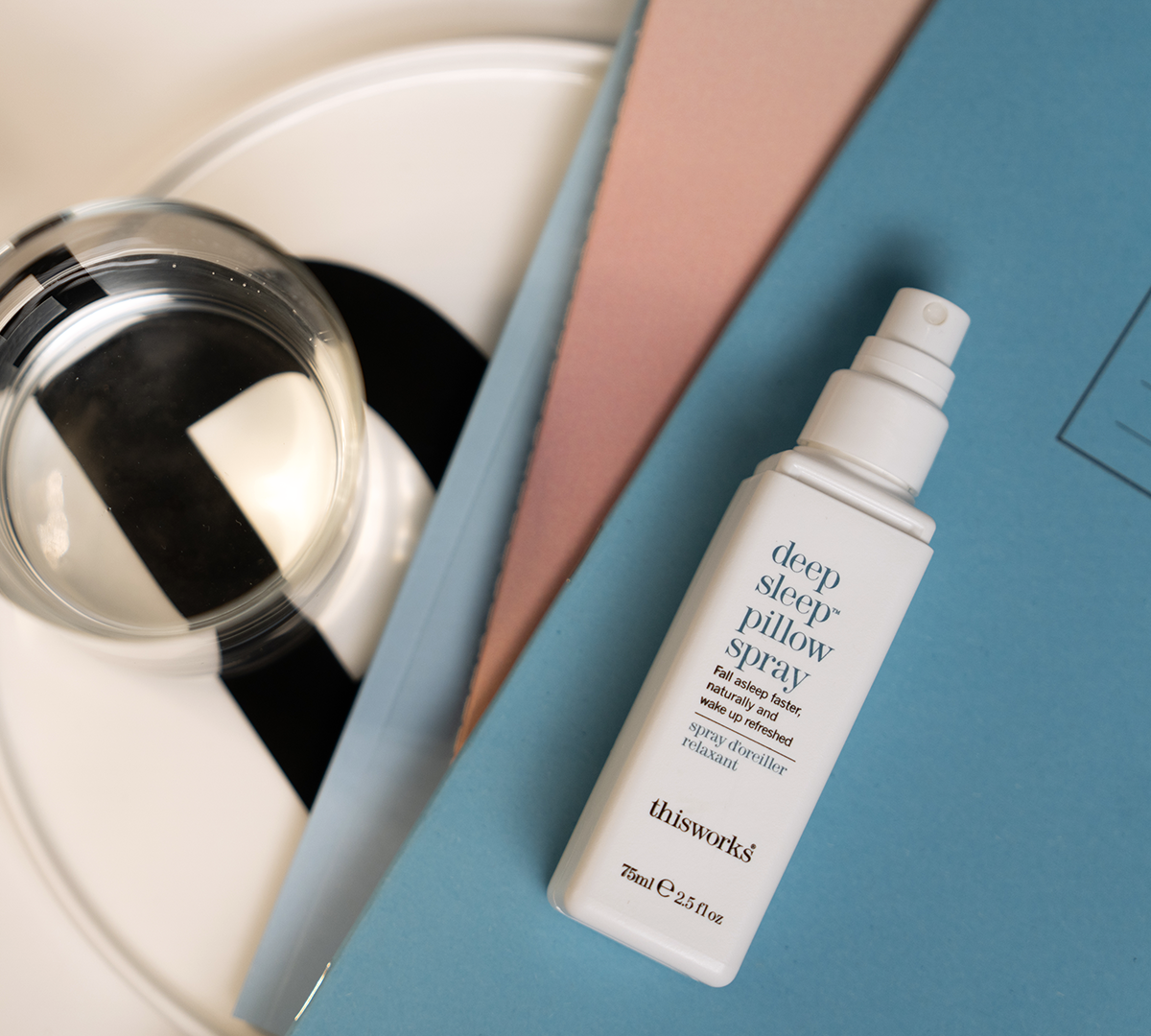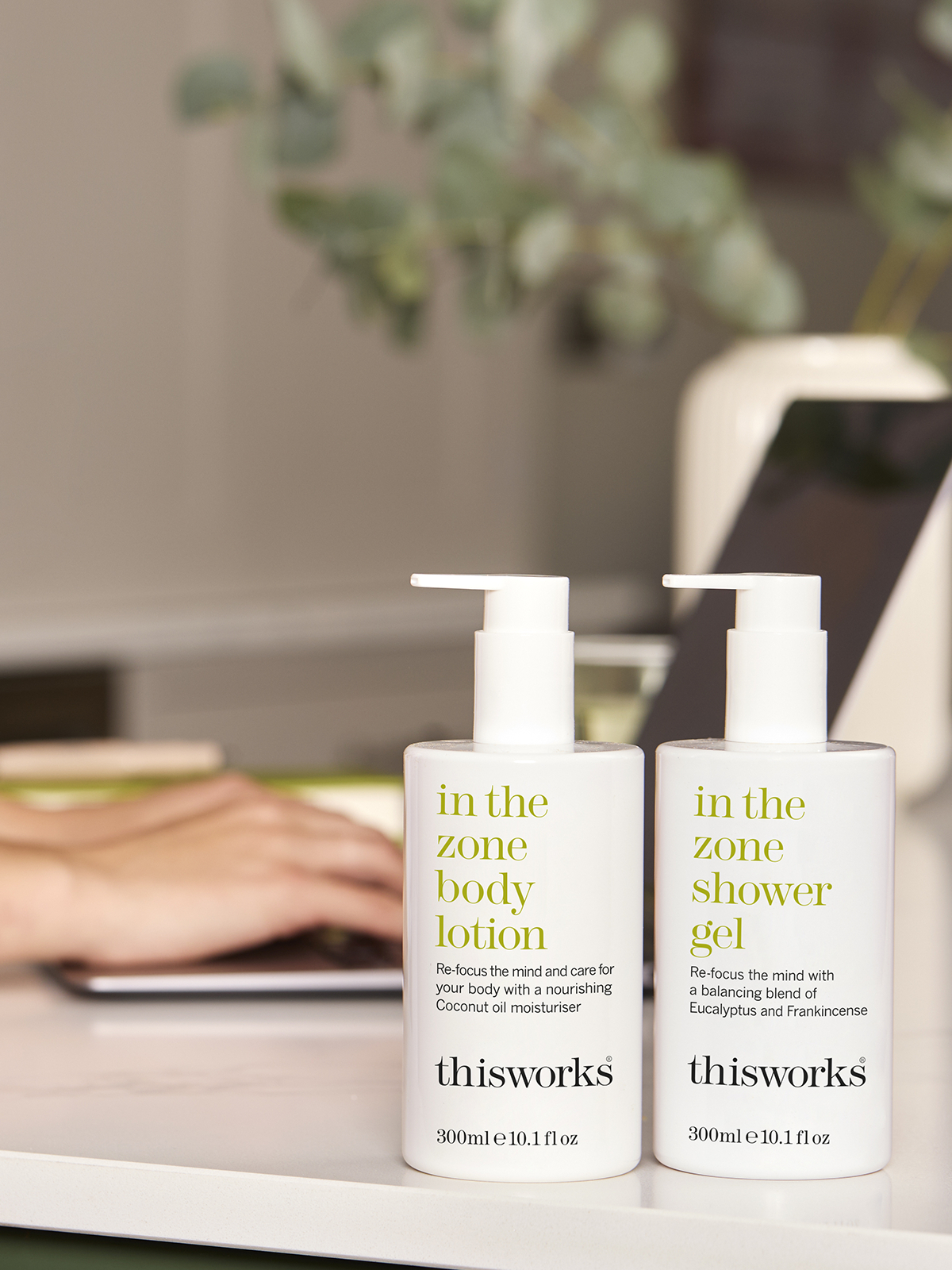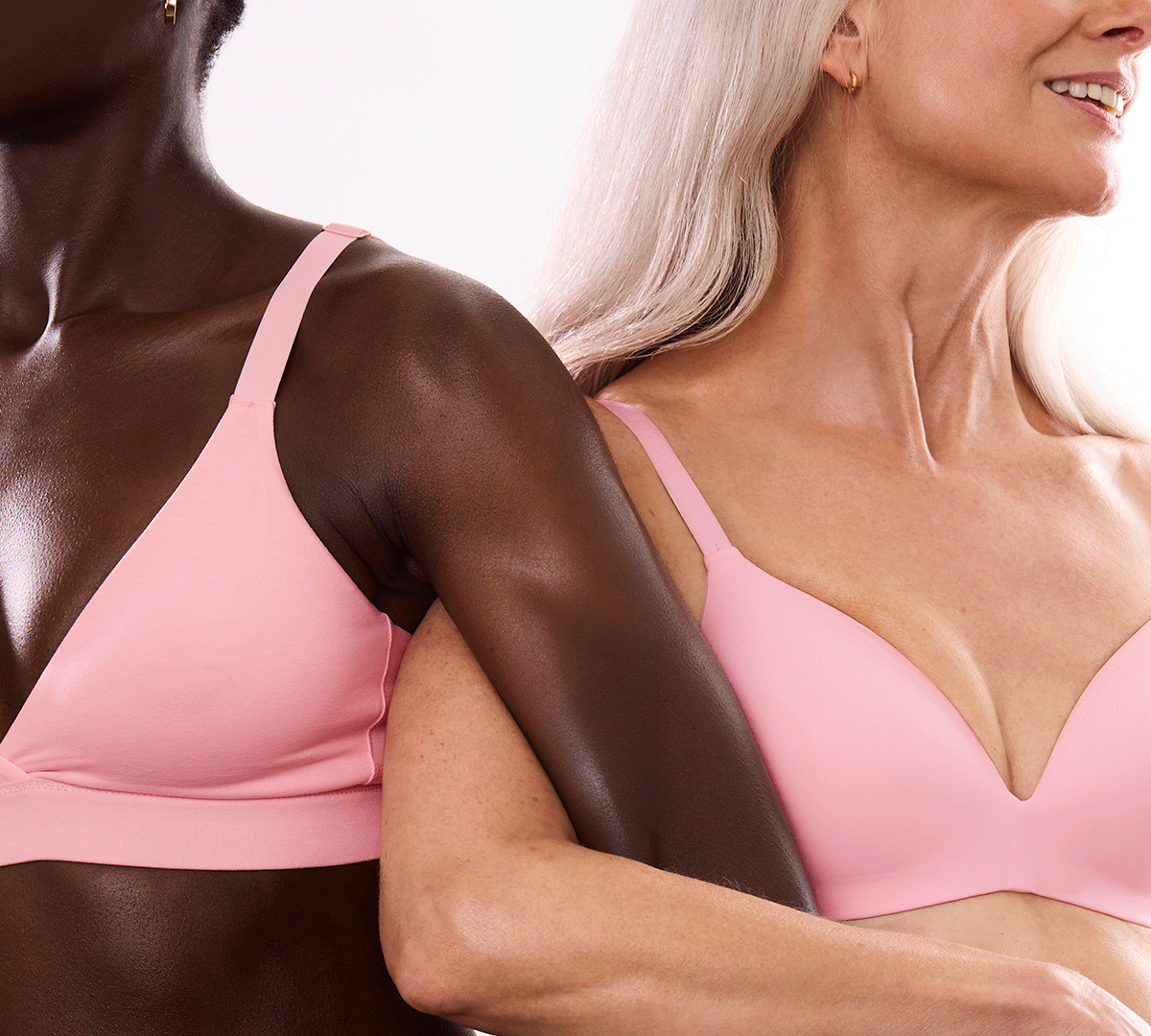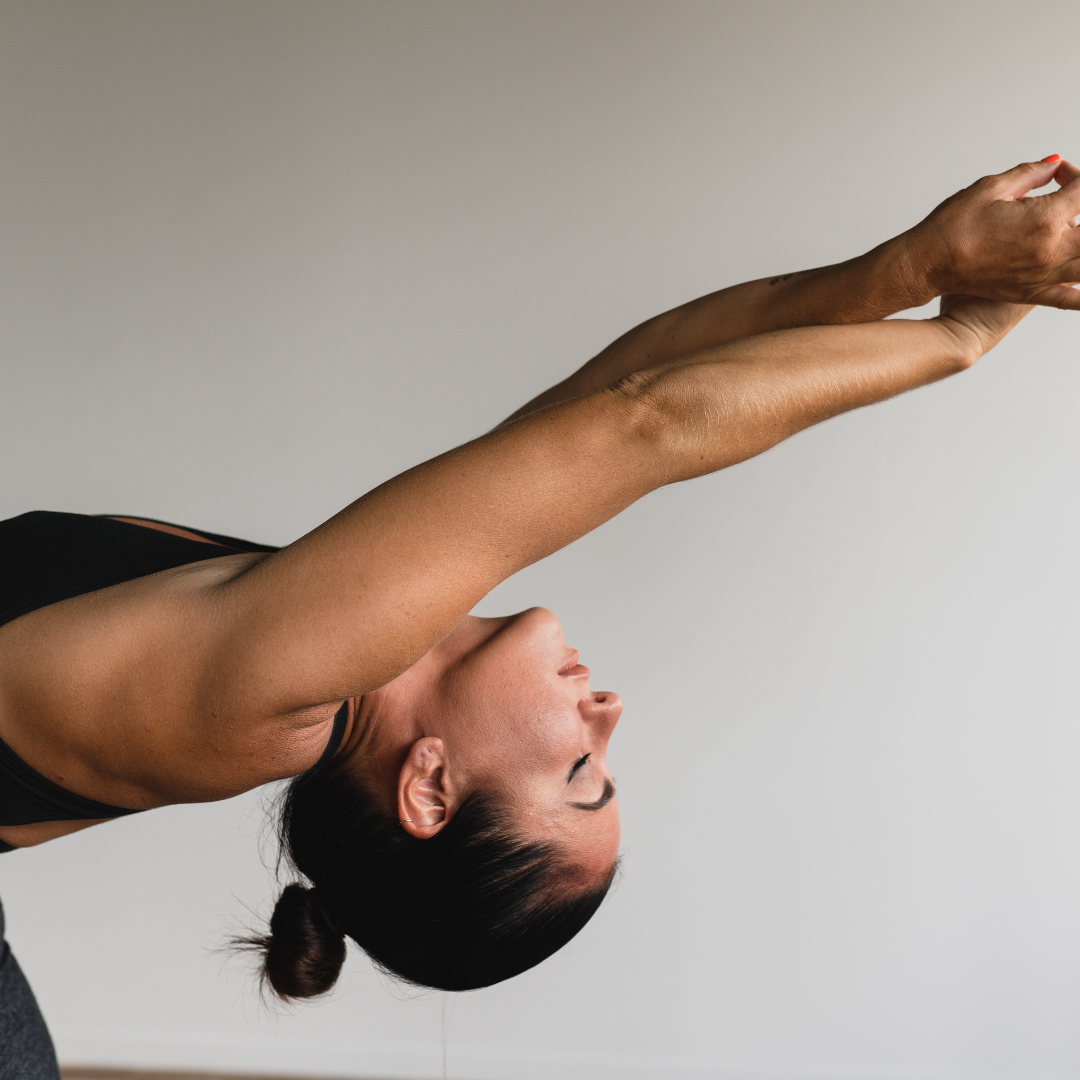
As the days grow longer and the sunlight stronger, many of us feel a renewed motivation to get moving. Summer, like January, acts as a natural prompt for change. Warmer weather, more daylight hours and a general sense of optimism provide an opportunity to establish or refresh physical activity habits. However, for this to be sustainable, it must be safe, enjoyable, and grounded in what truly supports your health - not based on comparison with others or unrealistic images often seen online. In this blog, we explore how you can incorporate movement this summer in a way that nurtures both mind and body, supports your cognitive function and musculoskeletal health, and adds a little more joy and variety to your days.
why summer movement matters
The warmer months provide an excellent opportunity to increase physical activity levels, and when we do so outdoors, we reap a host of additional health benefits. Sunlight exposure helps regulate our body clocks by influencing the production of Melatonin and our circadian rhythm. Allowing natural light into the eyes - especially early in the day - has been shown to aid in mood regulation, appetite control, and improved sleep quality.
Vitally, sunlight is also our best natural source of Vitamin D. This nutrient supports bone density, immune function, and mental health. Helde-Franklin (2017) found a link between low Vitamin D levels and increased pain, highlighting the potential for simple sun exposure (10-20 minutes daily) to make a meaningful difference, especially for individuals living with chronic pain.
Physical activity does more than tone muscles and protect the heart. It plays a crucial role in brain health. Ahlskog et al. (2011) highlighted how exercise reduces inflammation, enhances neuroplasticity, and supports the growth of new brain cells, particularly in the hippocampus. These mechanisms improve memory, slow cognitive decline, and may reduce the risk of dementia. The most important benefits of physical activity go far beyond what the eye can see. Regular activity supports brain health at all life stages, including stimulating the memory centres. Exercise improves cerebral blood flow and reduces oxidative stress. And the best part is, it's never too late to get moving - even starting in midlife can make a meaningful difference. Strength training, aerobic movement such as walking or dancing, and coordination-based activities like pilates all play a role. Importantly, these are accessible forms of movement that you can adapt to your current level of fitness and health.
bring me sunshine: the role of light and outdoor movement
Seasonal changes affect our physiology more often than we realise. Exposure to natural light supports the body's circadian rhythm, aiding sleep, mood, and hormonal balance.
Exercising outdoors further enhances the benefits of physical activity. Exposure to daylight boosts mood and regulates hormones like cortisol and melatonin. It also increases "optical flow"—the visual perception of movement through space, which has been linked to improved brain function and a reduced risk of depression. Try to include at least one outdoor movement session per day. Early morning exposure is particularly beneficial. Walking for 10–20 minutes before breakfast may not only help regulate appetite but also support fat metabolism and align the circadian rhythm. As you walk, try to leave your phone in your pocket and look up - eye movement and gaze direction also influence your emotional state. Looking up rather than down has been linked to more positive mood states.
Vitamin D, primarily obtained from sunlight, is crucial for maintaining bone health, regulating the immune system, and providing energy. Deficiencies have been linked to pain, fatigue, and even depression. As Helde-Franklin (2017) found, lower Vitamin D levels correlate with higher pain and increased reliance on medication.
Aim for 10-20 minutes of gentle morning sunlight daily. This not only helps with vitamin D synthesis but also supports melatonin production in the evening. Melatonin is essential for good sleep and is naturally stimulated as daylight fades. Outdoor activity, particularly in brighter light, also helps regulate appetite and cortisol levels.
self-compassion and movement
As we head into summer, don’t let "shoulds" or comparisons lead your movement. Social media might show polished workouts and perfect bodies, but remember - those images are often filtered and edited and rarely tell the whole story.
Every step you take, every stretch, every dance around the kitchen - it all counts. It's all adding up to support your body and brain for the long term. You don't need to run marathons to be healthy. What matters more is consistency, a bit of challenge, and doing what brings you joy. So, this summer, walk on the sunny side of the road when you can, move in ways that feel good for you and most importantly, train for life, not likes.
your summer activity strategy:
- Two daily activity sessions – One in the morning, one in the evening. Doing these two sessions helps regulate energy and maintain a consistent activity rhythm.
- One longer session – Aim for one of these sessions each day to be at least 30 minutes long, and the other could be as little as 5-10 minutes. This could involve adding a 10-minute walk to your workout to increase your daily steps.
- Breathlessness matters – Once or twice a day, raise your heart rate by walking up a hill, running up the stairs, doing short bursts of higher-intensity movement, or simply moving faster.
- Get natural light early – Aim to get outdoors before breakfast. Natural light exposure can calibrate your circadian rhythm and improve mood and appetite regulation. If you're not an early bird, evening light can be just as helpful.
- Protect your skin – Use sun cream and avoid prolonged exposure during peak UV hours. Avoid wearing sunglasses for short periods in the early morning to help your eyes adjust to natural light.
- Reduce evening light – Dim artificial lights in the evening and avoid screens at least 30 minutes before bed to support melatonin production.
Keep moving, stay curious, and above all - be kind to yourself. You're
doing better than you think.
references:
Ahlskog, J.E., Geda, Y.E., Graff-Radford, N.R. & Petersen, R.C., 2011. Physical exercise as a preventive or disease-modifying treatment of dementia and brain aging. Mayo Clinic Proceedings, 86(9), pp.876–884.
Attipoe, S., Park, J.Y., Fenty, N., Phares, D. & Brown, M., 2008. Oxidative stress levels are reduced in postmenopausal women with exercise training. Medicine and Science in Sports and Exercise, 40(6), pp.1144–1148.
Bergamin, M., Gobbo, S., Bullo, V., Zanotto, T., Vendramin, B., Duregon, F., Cugusi, L., Camozzi, V., Zaccaria, M., Neunhaeuserer, D. & Ermolao, A., 2015. Effects of a Pilates exercise program on muscle strength, postural control, and body composition: results from a pilot study in a group of post-menopausal women. Age (Dordr), 37(6), p.118.
Boucard, G.K., et al., 2012. Impact of physical activity on executive functions in aging. GeroPsych: The Journal of Gerontopsychology and Geriatric Psychiatry, 25(4), pp.197–204.
Conn, V.S., Burks, K.J., Pomeroy, S.H., Ulbrich, S.L. & Cochran, J.E., 2003. Older women and exercise: explanatory concepts. Journal of Aging and Physical Activity, 11(2), pp.234–253.
Conn, V.S., Minor, M.A. & Burks, K.J., 2003. Sedentary older women’s limited experience with exercise. Physical & Occupational Therapy in Geriatrics, 21(2), pp.1–19.
Conn, V.S., Tripp-Reimer, T. & Maas, M.L., 2003. Older women and exercise: theory of planned behaviour beliefs. Public Health Nursing, 20(2), pp.153–161.
Helde-Franklin, M., 2017. Vitamin D deficiency, pain, and analgesia use. British Journal of Community Nursing, 22(2), pp.76–79.
Kirk-Sanchez, N.J. & McGough, E.L., 2014. Physical exercise and cognitive performance in the elderly: current perspectives. Clinical Interventions in Aging, 9, pp.51–62.
Levine, J.A., Vander Weg, M.W., Hill, J.O. & Klesges, R.C., 2005. Non-exercise activity thermogenesis: the crouching tiger hidden dragon of societal weight gain. Arteriosclerosis, Thrombosis, and Vascular Biology, 26(4), pp.729–736.
Martyn-St James, M. & Carroll, S., 2006. A meta-analysis of impact exercise on postmenopausal bone loss: the case for mixed loading exercise programmes. British Journal of Sports Medicine, 40(9), pp.721–726.
McHugh, M.P. & Cosgrave, C.H., 2010. To stretch or not to stretch: the role of stretching in injury prevention and performance. Scandinavian Journal of Medicine & Science in Sports, 20(2), pp.169–181.
Moilanen, J.M., Aalto, A.-M., Hemminki, E., Aro, A.R., Raitanen, J. & Luoto, R., 2012. Effect of aerobic training on menopausal symptoms—a randomized controlled trial. Menopause, 19(6), pp.691–696.
Newell, D., Shead, V. & Sloane, L., 2012. Changes in gait and balance parameters in elderly subjects attending an 8-week supervised Pilates programme. Journal of Bodywork and Movement Therapies, 16(4), pp.549–554.
Ritter, M. & Low, K.G., 1996. Effects of dance/movement therapy: a meta-analysis. The Arts in Psychotherapy, 23(3), pp.249–260.
Shangold, M.M., 1990. Exercise in the menopausal woman. Obstetrics and Gynecology Clinics of North America, 17(2), pp.273–291.


